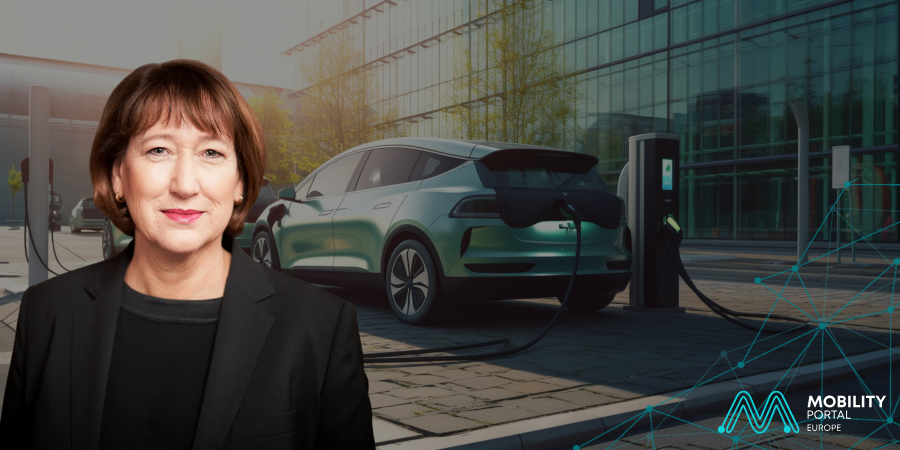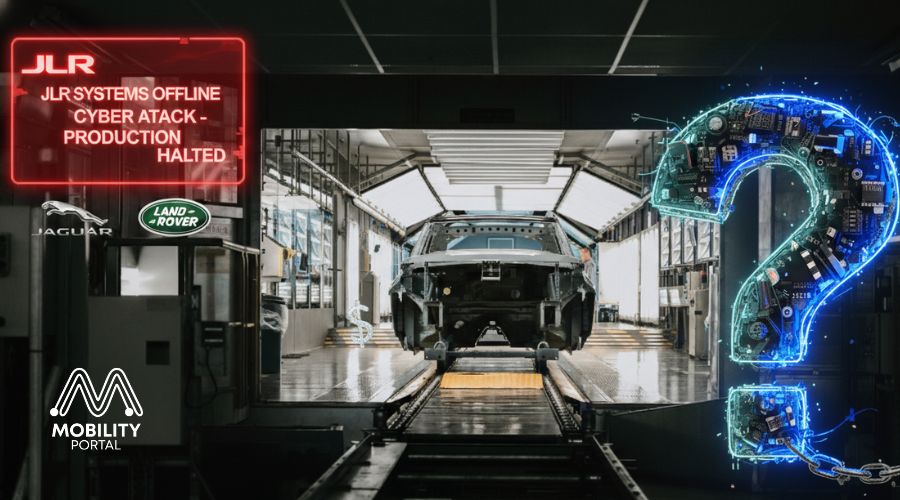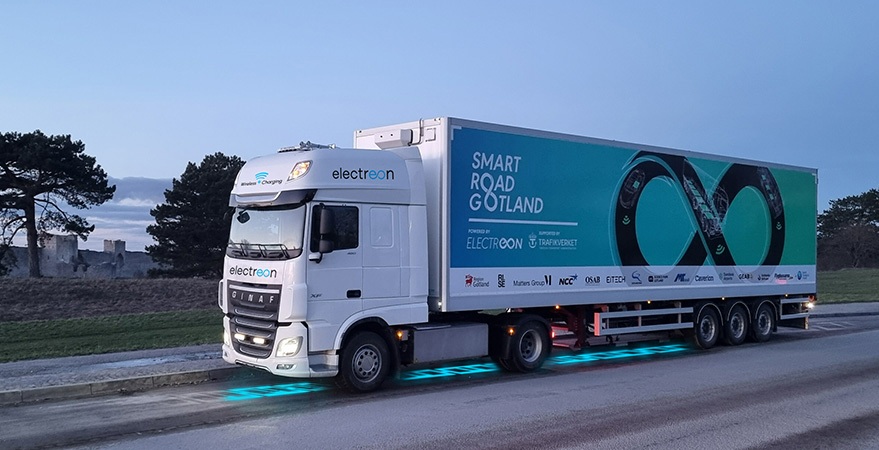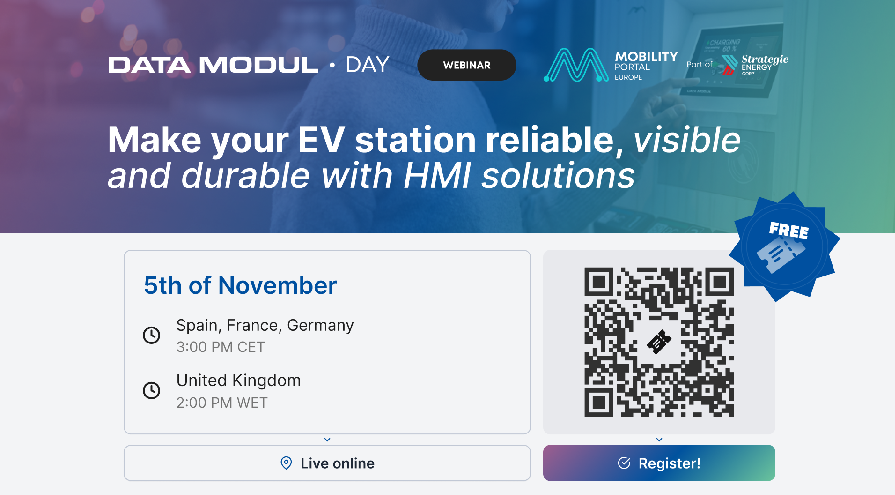The German Association of the Automotive Industry (VDA) warns that public charging in Germany can cost up to three times more than charging an electric vehicle (EV) at home.
This price disparity, combined with the increasing complexity of the pricing structure, creates an unfavourable environment for users.
“End consumers who rely on public charging infrastructure should not be disadvantaged by high prices and complicated pricing models,” states Hildegard Müller, President of the VDA.
The organisation is calling for a reform of the additional electricity costs and the creation of a tariff comparison portal that functions similarly to the price comparison platforms for traditional fuel stations.
Currently, prices at public charging points can range from 30 to 90 euro cents per kilowatt-hour, depending on the location, operator, and pricing model.
In contrast, home charging is “two to three times” more affordable.
This volatility not only discourages EV adoption but also puts those at a disadvantage who do not have access to private solutions.

In contact with Mobility Portal Europe, Jakob Kleihues, CEO and co-founder of Enapi, delves into the structural challenges of the German charging ecosystem.
“Some of the relevant charging point operators do not support the tariff module, which is a key component if you want to communicate a dynamic or static pricing structure to eMSPs in real time,” he explains.
Interoperability between operators and platforms remains a barrier.
Germany has a platform that aggregates charging points from local utilities, but according to the executive, “it is not opening up to work with third parties and transaction brokers.”
Such restrictions prevent platforms like Enapi from efficiently integrating price and availability data, directly impacting the user experience: “This is frustrating.”
The local company, founded in 2024, focuses on facilitating the exchange of transactional data between CPOs and eMSPs, eliminating the uncertainty regarding the reliability of charging points and improving data quality.
Its platform aims to expand a solution for a system that is currently “highly complex, inefficient, and difficult to scale.”
What else does the VDA demand to boost the charging network?
The request also includes a reduction of the electricity tax to the minimum permitted by European regulations.
“The customer should not be additionally burdened with charges that have no clear function,” insists Hildegard Müller.
The President of the VDA also calls for blocking fees to be applied only after the “refuelling” process is completed and not during overnight rest periods in residential areas.
Another point the VDA raises is the need to adapt the expansion of the electrical grid to the growing energy demand from EVs, as well as offering incentives for more efficient use of the grid.
In this regard, Müller emphasises: “A reduction in the electricity tax to the European minimum would be an important first step to reduce costs for consumers.”
The current model, in many cases, forces the average driver to have multiple active contracts or subscriptions to access better rates.
This especially affects those who cannot “refuel” their vehicle either at home or at work, i.e., a significant proportion of urban dwellers.
For Jaap Burger, strategy advisor at Watture, the VDA’s recommendations are correct, but he suggests also looking at international models.
“Germany could look towards Italy, where the extension of a specific tariff for EV charging points to medium-voltage connections is being considered, with a variable component based on volume and time,” he comments on LinkedIn.
This would allow for better cost structuring for charging operators and align grid management with affordable access to charging.
Burger also mentions the model of public tenders led by local authorities as an effective tool for improving both affordability and the distribution of charging centres.
In his analysis, the current roaming structure in the country represents more of a complication than a solution.
“Charging away from home is a puzzle of which card to use and which subscriptions to get,” he states, adding that the situation is even more critical for foreign users, who only have access to the more expensive ad hoc rates.
To resolve this situation, the European Union’s Alternative Fuels Infrastructure Directive (AFIR) specifically requires transparency and adequacy in charging prices.
In this context, the VDA insists that its implementation must be strict and detailed, while also demanding the incorporation of the European Building Energy Directive (EPBD) into German legislation.
Why? To further encourage private charging options.
The sector’s pressure is also reflected in the economic challenges faced by operators.
Although the system of quotas for reducing greenhouse gas emissions (GHG) offers a way to generate income through the sale of credits to oil companies, these benefits have been diminished.
According to Müller, revenues in 2024 decreased significantly, with only a few cents per kilowatt-hour, making them difficult to plan.
READ MORE
-
Possible bankruptcy? JLR cyberattack halts production and threatens UK EV sector
The cyber incident forced JLR to halt production for almost two months, a decision that resulted in costs of £1.9 billion. However, experts warn that the reported losses “may represent only a fraction of the total damage.”
-
France installs world’s first motorway capable of recharging EVs while they drive
The pilot project, called Charge as you drive, covers 1.5 kilometres of the motorway. Beneath the asphalt are coils that transmit energy to vehicles fitted with a special device to receive it.
-
Data Modul Day: “Make your EV station reliable, visible, and durable with HMI solutions”
On 5 November, Data Modul will host a web seminar on HMI solutions for EV charging stations — a must-attend event for manufacturers seeking to innovate and optimise their products.











